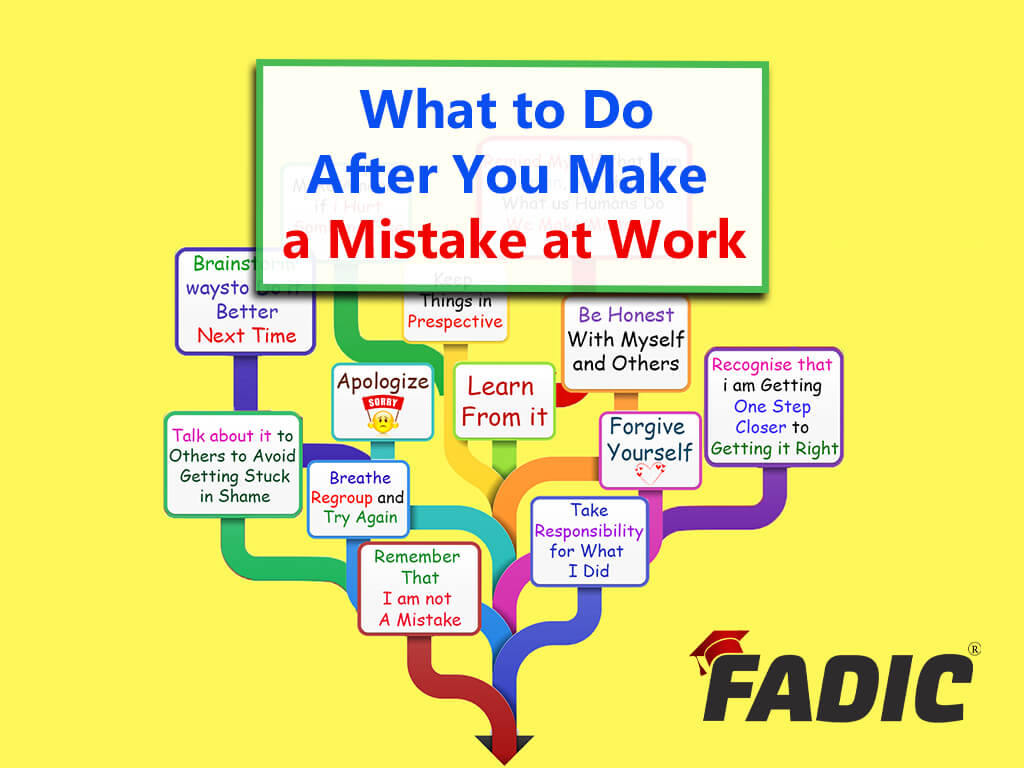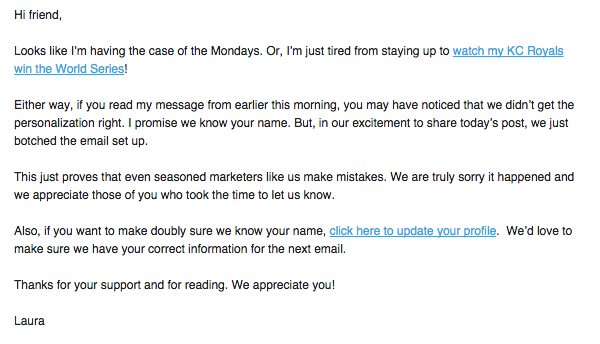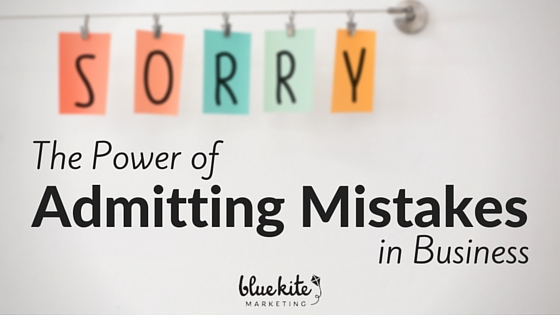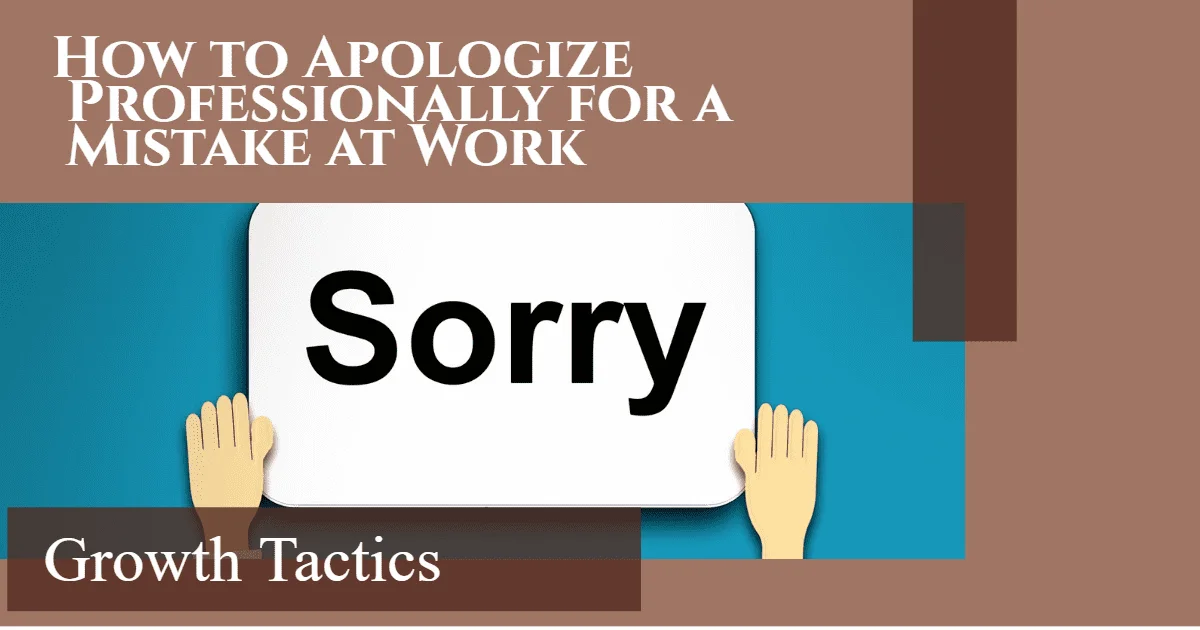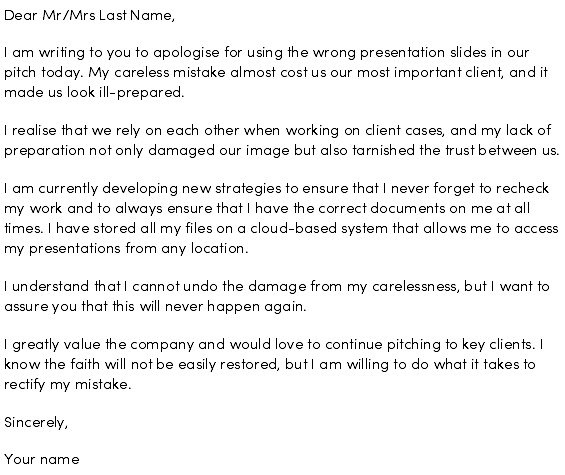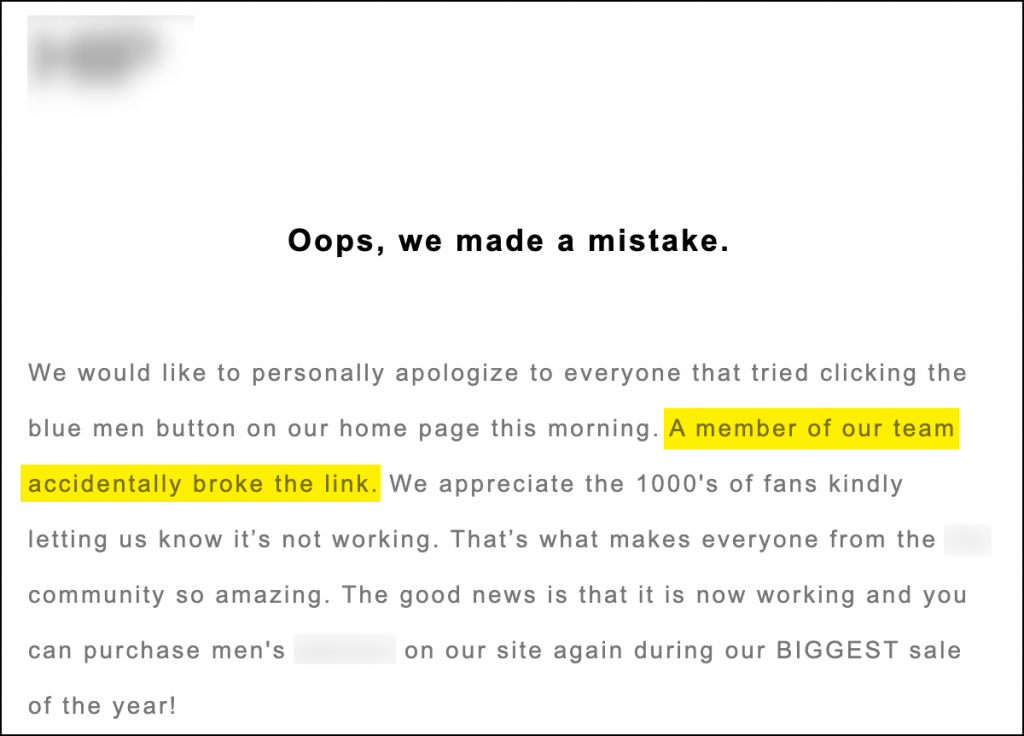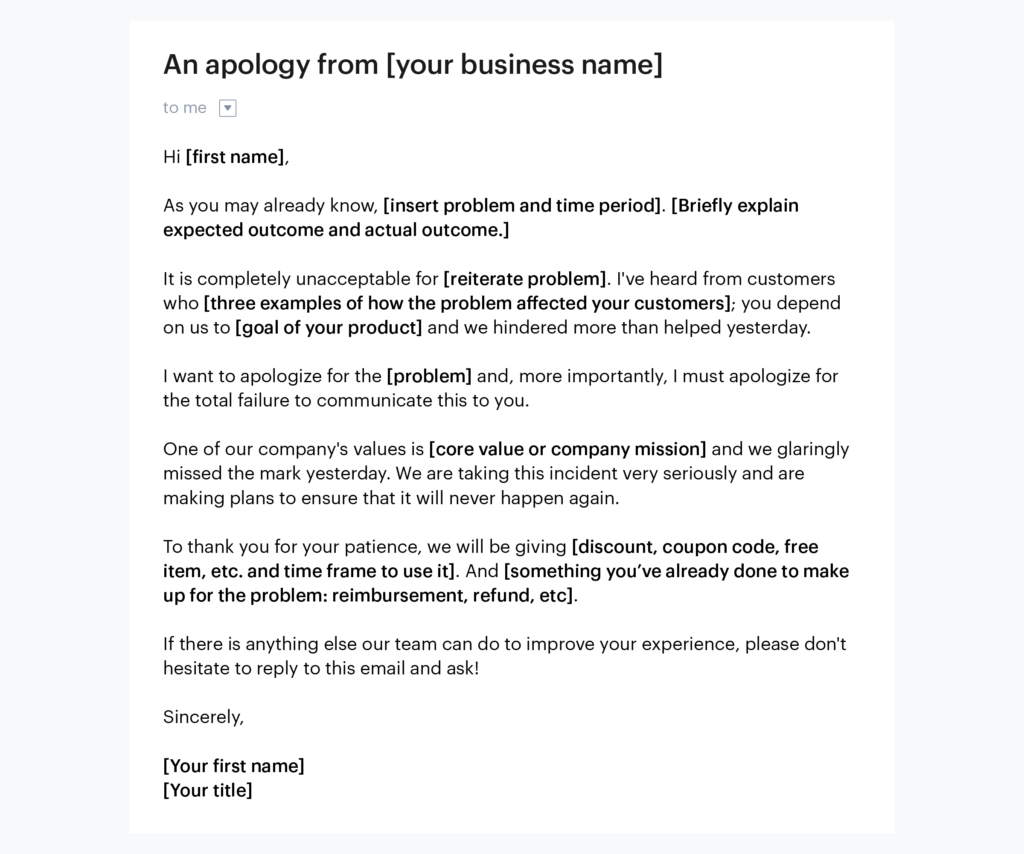How Do You Professionally Admit A Mistake

Admitting a mistake professionally can be a delicate dance, requiring a blend of humility, accountability, and a forward-thinking approach. In today’s hyper-connected world, where blunders can quickly become public knowledge, mastering this skill is more crucial than ever for professionals across all industries.
The ability to own up to errors builds trust, strengthens relationships, and ultimately enhances credibility. But how can individuals navigate this process effectively without jeopardizing their reputation or career prospects?
This article explores the strategies and best practices for professionally admitting a mistake, drawing on expert insights and real-world examples.
The Importance of Acknowledgment
At its core, professionally admitting a mistake is about taking responsibility. It’s about acknowledging the error, understanding its impact, and committing to making amends.
The Harvard Business Review emphasizes that transparency and honesty are key ingredients in building a culture of trust within an organization.
Ignoring or downplaying a mistake can erode trust and damage relationships with colleagues, clients, and stakeholders.
Steps to Professionally Admit a Mistake
Several key steps can help individuals navigate the process of admitting a mistake with grace and professionalism.
1. Acknowledge the Mistake Promptly
Delaying an admission can exacerbate the problem and undermine your credibility. Address the issue as soon as you become aware of it.
According to a study by the Public Relations Society of America, quick and sincere apologies are more likely to be accepted and forgiven.
This proactive approach demonstrates accountability and a willingness to take ownership.
2. Take Full Responsibility
Avoid making excuses or shifting blame onto others. Own the mistake and clearly articulate your role in the error.
Using phrases like "I made a mistake" or "I take full responsibility" conveys sincerity and accountability.
Dr. Carol Dweck, a renowned psychologist at Stanford University, highlights the importance of embracing mistakes as opportunities for growth and learning.
3. Explain the Situation Concisely
Provide a clear and concise explanation of what happened, avoiding technical jargon or overly complex language.
Focus on the facts and avoid speculation or conjecture. Keep the explanation brief and to the point.
This helps to avoid confusion and ensures that the message is easily understood.
4. Apologize Sincerely
A genuine apology is crucial for repairing relationships and rebuilding trust. Express remorse for the mistake and its impact on others.
Avoid using conditional language such as "I'm sorry if..." Instead, offer a direct and heartfelt apology.
“I am truly sorry for the error and the inconvenience it caused” is a more effective statement than "I’m sorry if anyone was offended."
5. Offer a Solution
Demonstrate a commitment to resolving the issue and preventing future occurrences. Propose a plan of action to rectify the mistake and mitigate its impact.
This shows that you are not only aware of the problem but also proactive in finding a solution.
This might involve implementing new procedures, providing additional training, or offering compensation for any damages incurred.
6. Learn from the Experience
Reflect on the mistake and identify the underlying causes. Use the experience as an opportunity for growth and development.
Share your learnings with others to prevent similar errors from occurring in the future.
The Association for Talent Development (ATD) suggests that documenting lessons learned from mistakes can significantly improve organizational performance.
The Human Element
Consider the human element in handling a mistake. Empathy, understanding, and compassion can go a long way in repairing relationships and rebuilding trust.
Remember that everyone makes mistakes, and treating others with kindness and respect can foster a more supportive and forgiving work environment.
By acknowledging the human element, professionals can create a culture of psychological safety where employees feel comfortable admitting mistakes and learning from them.
Conclusion
Professionally admitting a mistake is a skill that can be learned and honed with practice. By following these steps, individuals can navigate challenging situations with grace and integrity, building trust and enhancing their reputation.
The ability to own up to errors is not a sign of weakness, but rather a testament to one’s character and leadership potential.
Embrace mistakes as opportunities for growth, and use them as a springboard for personal and professional development.
"The greatest mistake you can make in life is to be continually fearing you will make one" - Elbert Hubbard.


